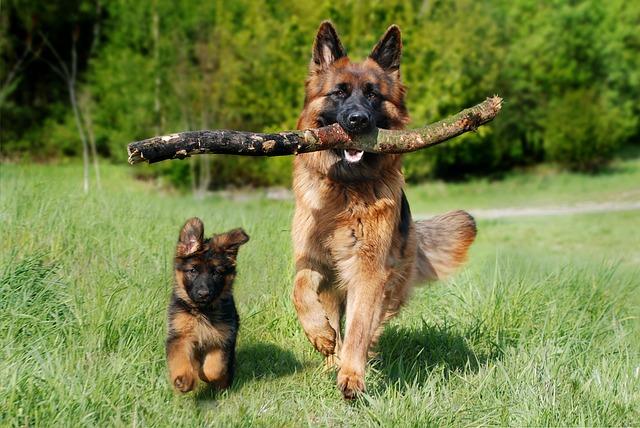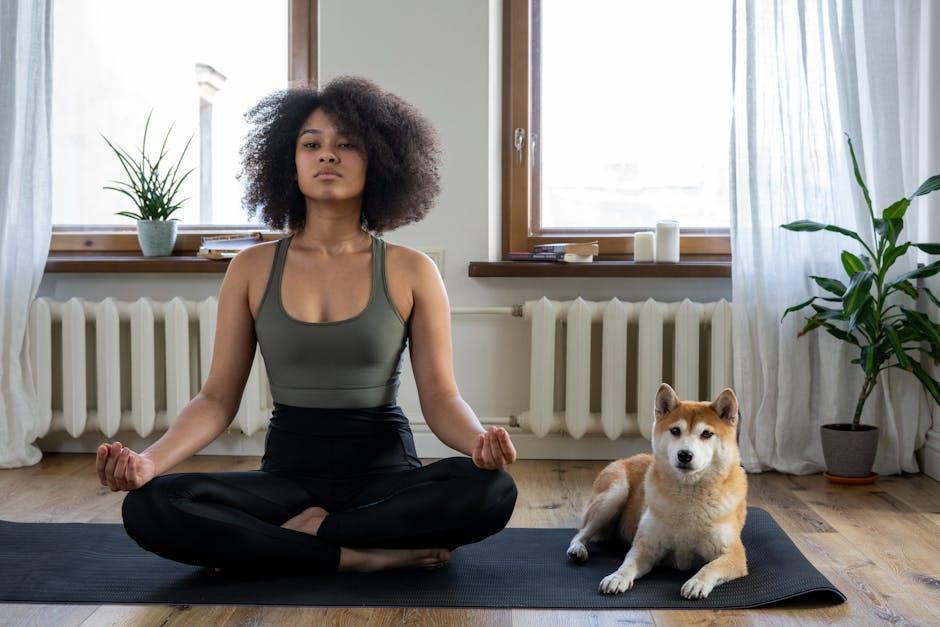Organizing a playdate for your furry friend is not only a wonderful way to keep them physically active but also an opportunity to nurture their social skills and enrich their lives with joyful experiences. As pet owners, we cherish these moments, watching our dogs frolic and interact with their peers. However, ensuring these playdates are safe and enjoyable requires thoughtful planning and a keen understanding of canine behavior. In this article, we’ll explore the best practices for orchestrating successful and safe dog playdates, offering guidance that balances fun with responsibility. Whether you’re a seasoned dog owner or new to the world of canine companionship, these tips will help you create positive, stress-free encounters for your beloved pet and their playmates.
Choosing the Perfect Playmate for Your Pup
When it comes to finding the ideal companion for your furry friend, it’s essential to consider a few key factors to ensure a harmonious and enjoyable playdate. Start by evaluating the temperament of both dogs. A playmate with a similar energy level and play style will ensure that both pups have a fantastic time. For example, if your dog is a high-energy breed, pairing them with another lively dog will likely lead to a successful playdate. On the other hand, a more laid-back pup might enjoy the company of a calm and gentle playmate.
- Size Compatibility: While dogs of different sizes can play well together, it’s crucial to supervise their interactions closely to prevent any accidental injuries.
- Vaccination and Health: Ensure that both dogs are up-to-date on their vaccinations and are free from any contagious health issues.
- Neutral Territory: Arrange the playdate in a neutral location to prevent territorial behavior from either dog.
Additionally, it’s beneficial to have a few toys and treats on hand to facilitate positive interactions. Always monitor the playdate to ensure both dogs are comfortable and happy. With a bit of preparation and understanding of each dog’s needs, you can set the stage for a delightful and safe playdate.

Creating a Safe and Comfortable Play Environment
When organizing a dog playdate, ensuring a safe and cozy environment is crucial for a fun and stress-free experience for both the dogs and their owners. Begin by selecting a secure, enclosed area where the dogs can roam freely without the risk of escaping. This could be a well-fenced backyard or a designated dog park. Ensure that the space is free from potential hazards like sharp objects, toxic plants, or small items that could be swallowed. It’s also wise to have a shaded area or an indoor space available, especially on hot days, to prevent overheating.
To foster a positive atmosphere, bring a variety of toys that are appropriate for the dogs’ sizes and play styles. Rotate toys to keep the play session engaging and to minimize resource guarding. Provide ample fresh water and designate specific areas for resting, as dogs can get tired quickly during play. If the playdate involves dogs who are meeting for the first time, introduce them slowly and observe their body language to ensure compatibility. By being proactive and attentive, you create a space where dogs can socialize safely and happily.

Monitoring Canine Body Language and Interactions
Understanding the nuances of canine body language is pivotal in ensuring that dog playdates are both enjoyable and safe. Dogs communicate a wide range of emotions and intentions through their posture, facial expressions, and vocalizations. Watch for signs of stress or discomfort, such as tail tucking, yawning, lip licking, or ears pinned back. If you notice any of these signals, it may be time to intervene or provide a break for the dogs involved.
- Play bows: This is a positive sign, indicating a dog is ready to engage in playful activity.
- Loose and wagging tails: Generally a sign of friendliness and excitement.
- Stiff body posture: Can indicate tension or potential aggression.
- Growling or snapping: A clear signal that a dog needs space or is feeling threatened.
In addition to observing body language, it’s important to monitor interactions closely. Encourage breaks to prevent overstimulation and ensure that all dogs are having a good time. By staying attentive and responsive to the dogs’ cues, you can foster a positive environment where dogs can play safely and owners can feel at ease.
Ending the Playdate on a Positive Note
Concluding a dog playdate with a touch of positivity ensures that both the dogs and their owners leave with fond memories and a desire for future meet-ups. To wrap things up smoothly, consider implementing these strategies:
- Wind Down with Calm Activities: Gradually transition from high-energy play to calmer activities. This could include a short, relaxed walk together or engaging the dogs in simple obedience tasks that allow them to cool down.
- Share a Treat: Offer the dogs a small treat as a reward for their good behavior. This not only reinforces positive associations with the playdate but also provides a delightful end to their time together.
- Reflect and Share: Take a moment to chat with the other dog owners about what went well and discuss any potential areas for improvement. Sharing insights can help strengthen the bond between pet parents and pave the way for even better future playdates.
By focusing on a smooth and positive conclusion, you ensure that the playdate ends on a high note, setting the stage for many more enjoyable gatherings in the future.

